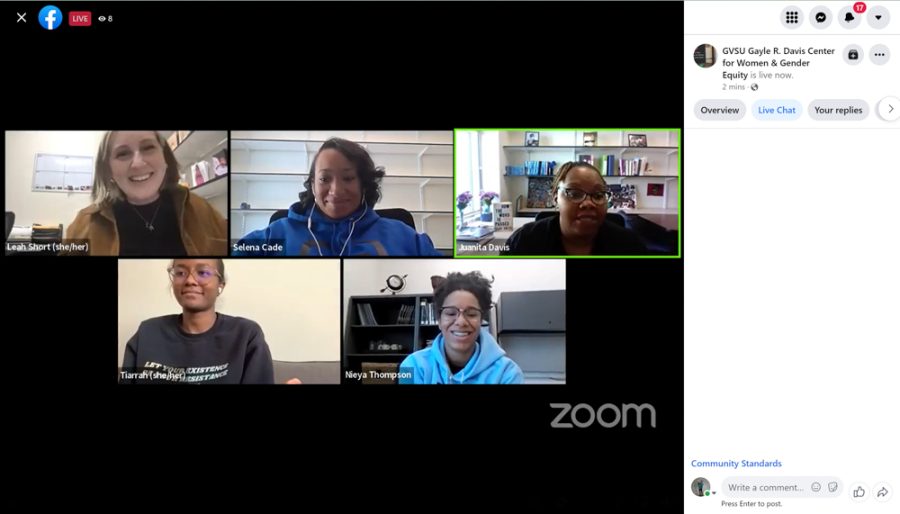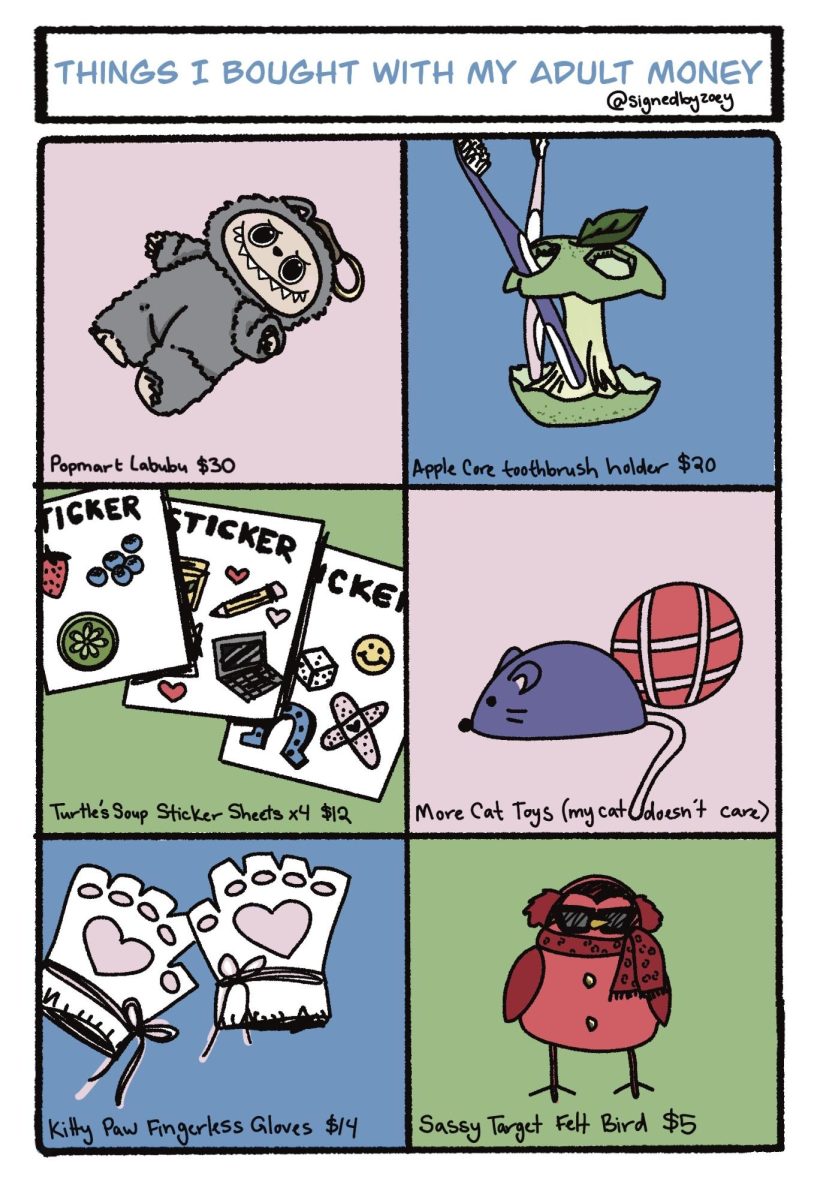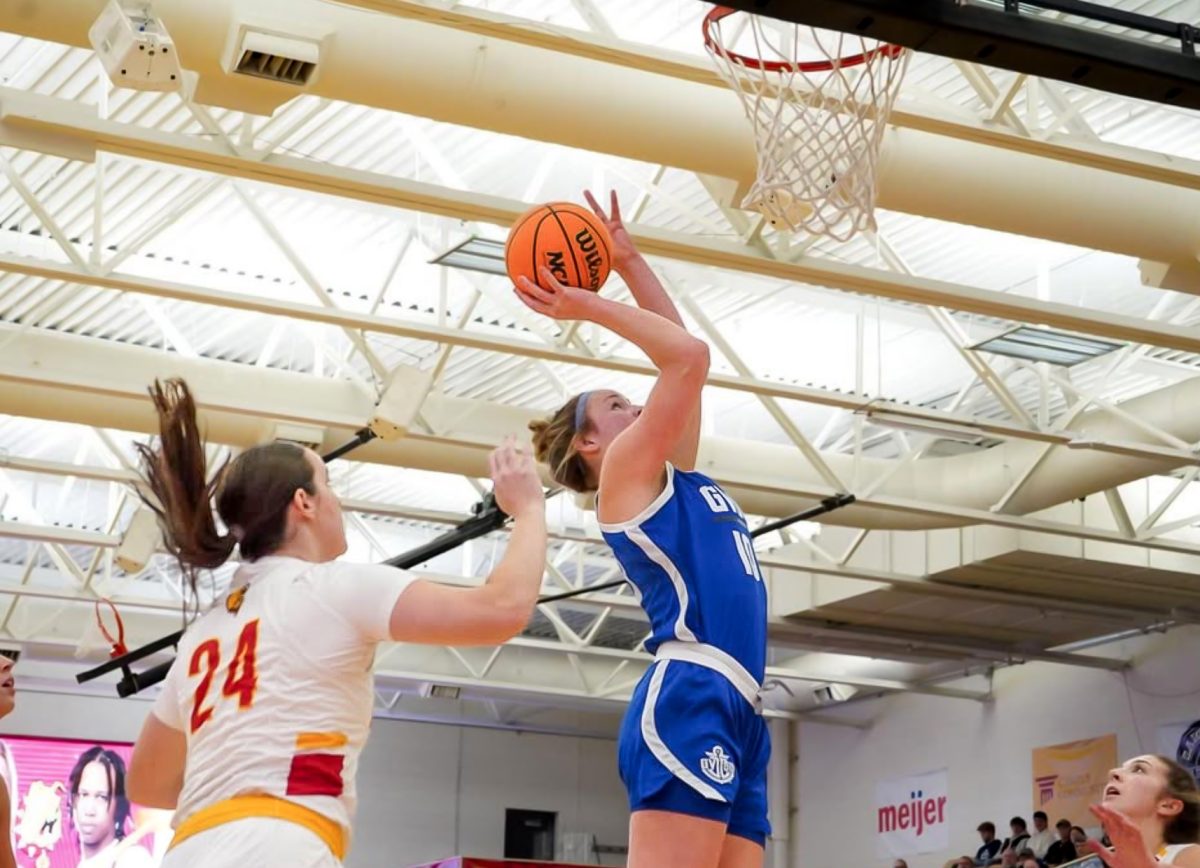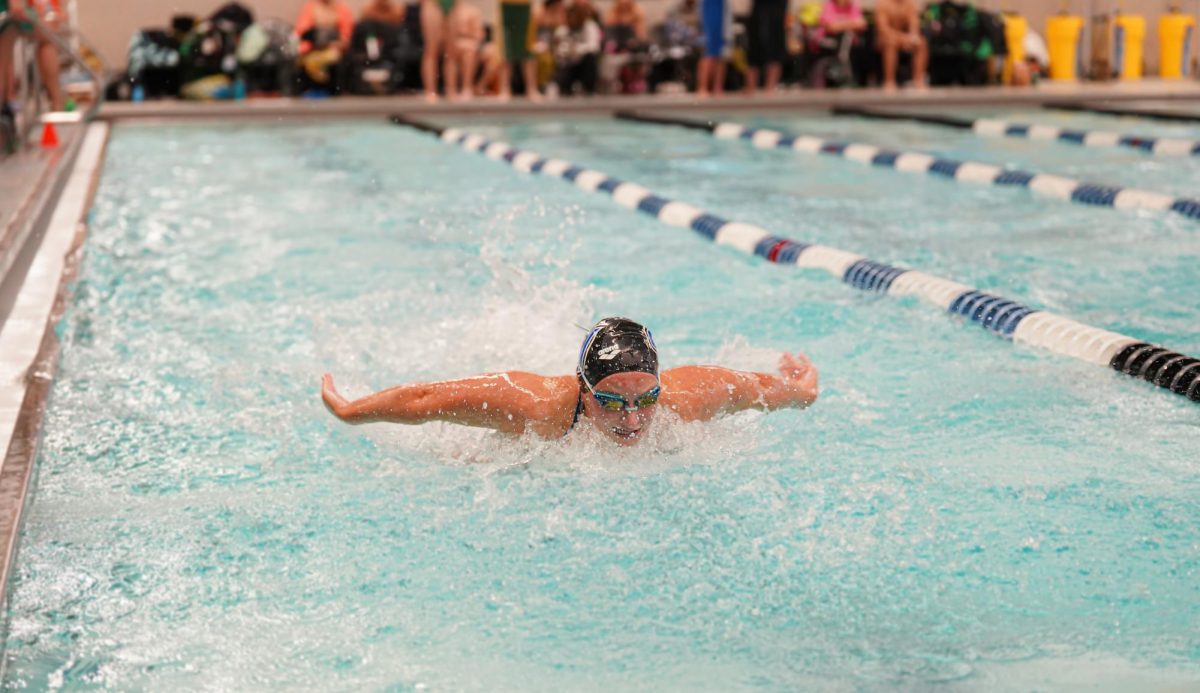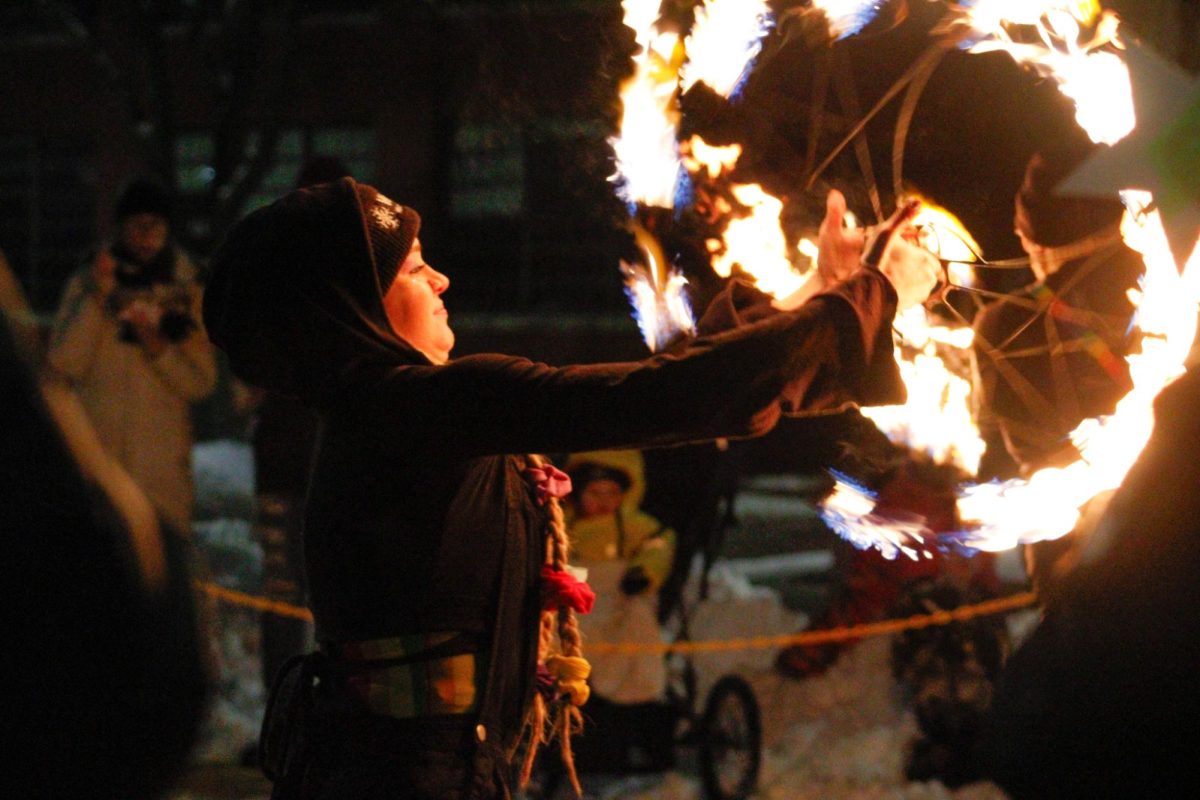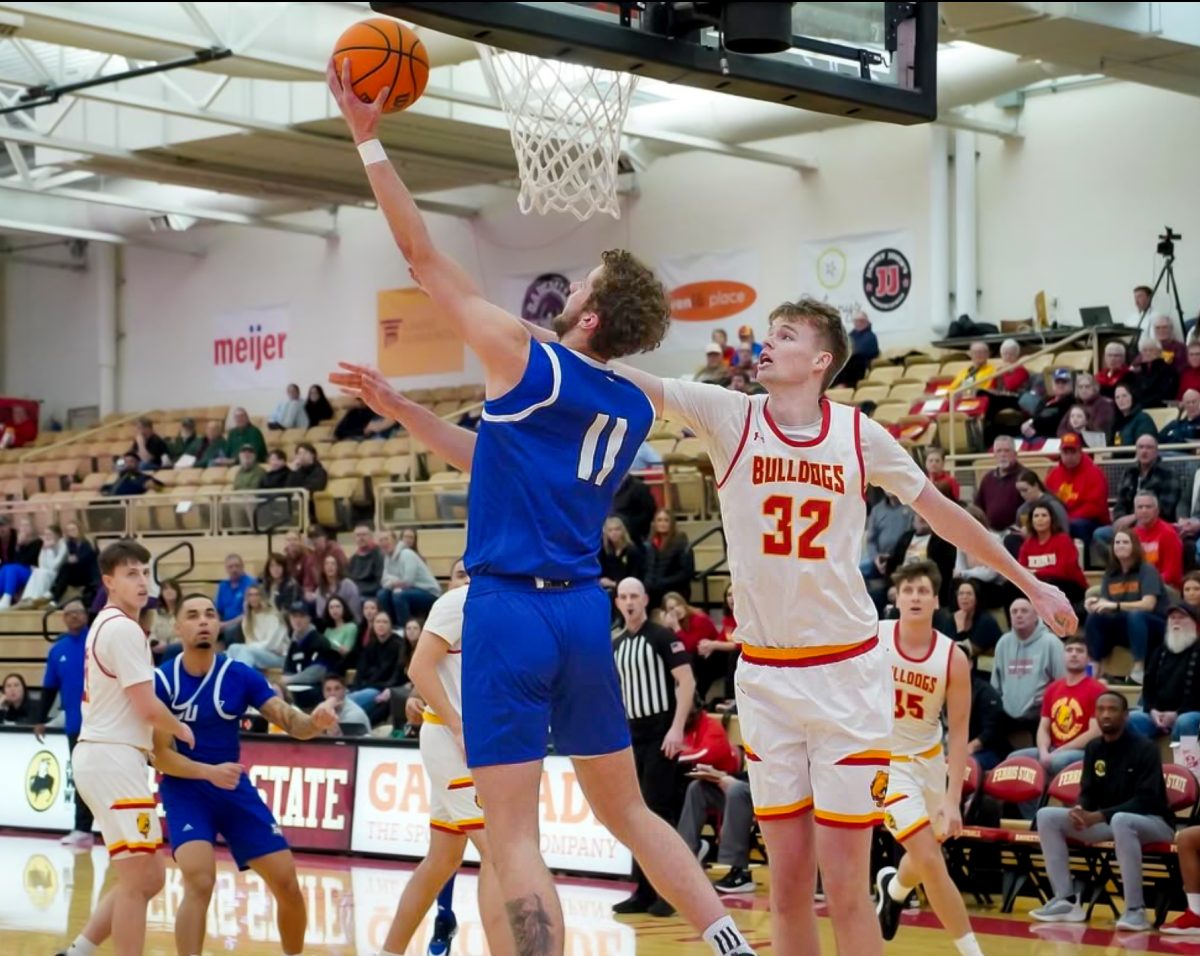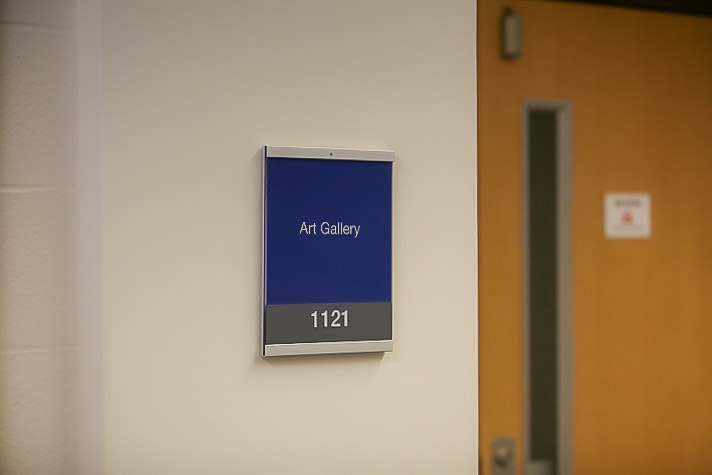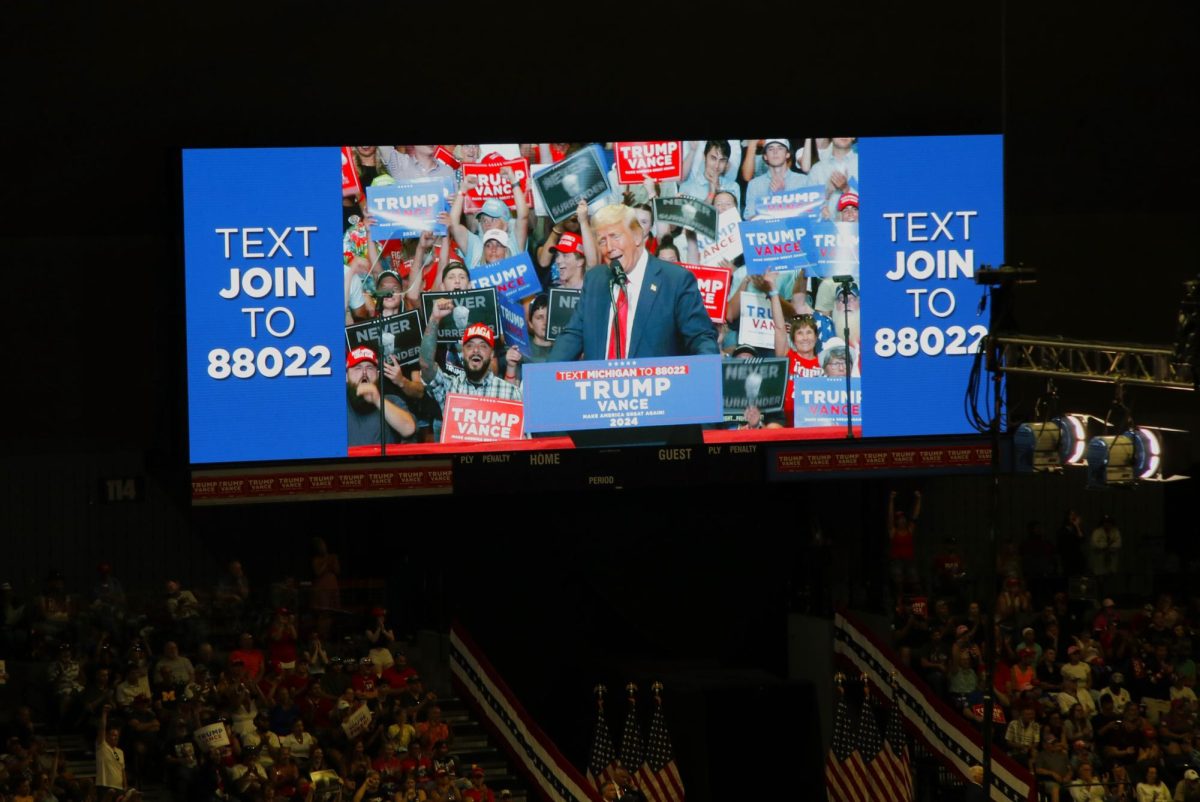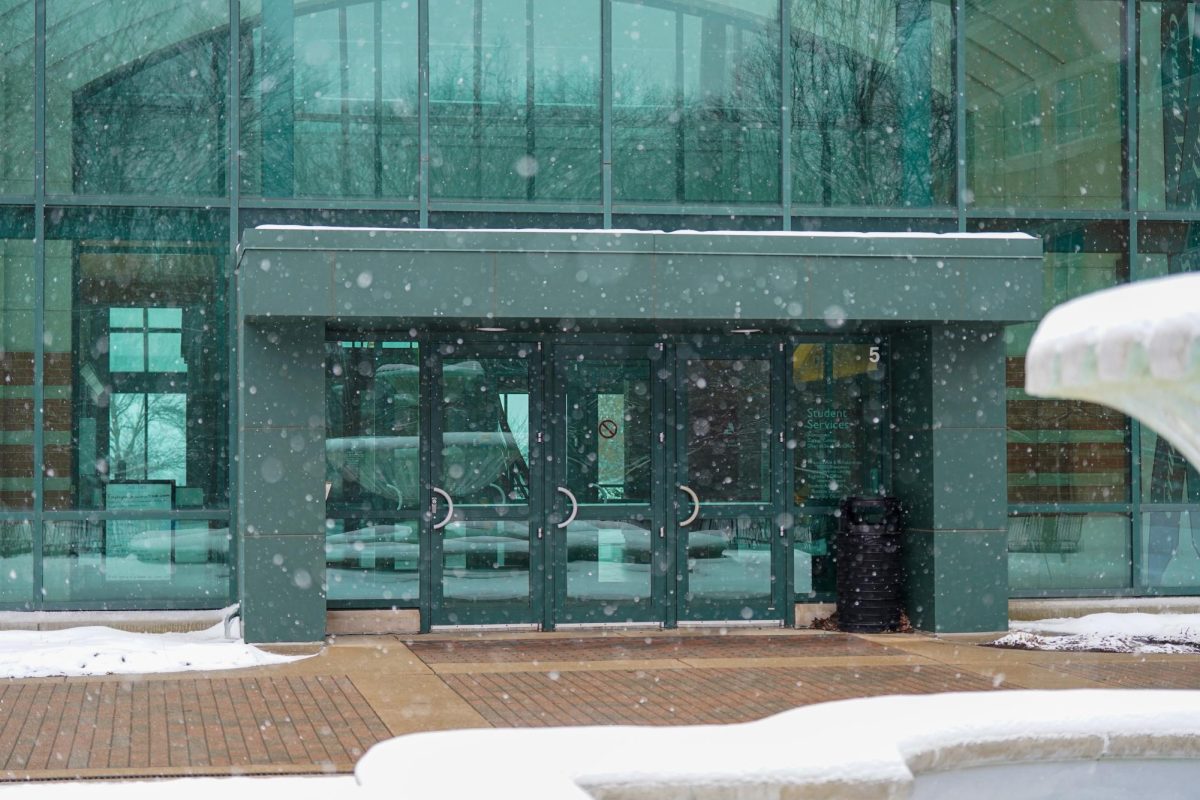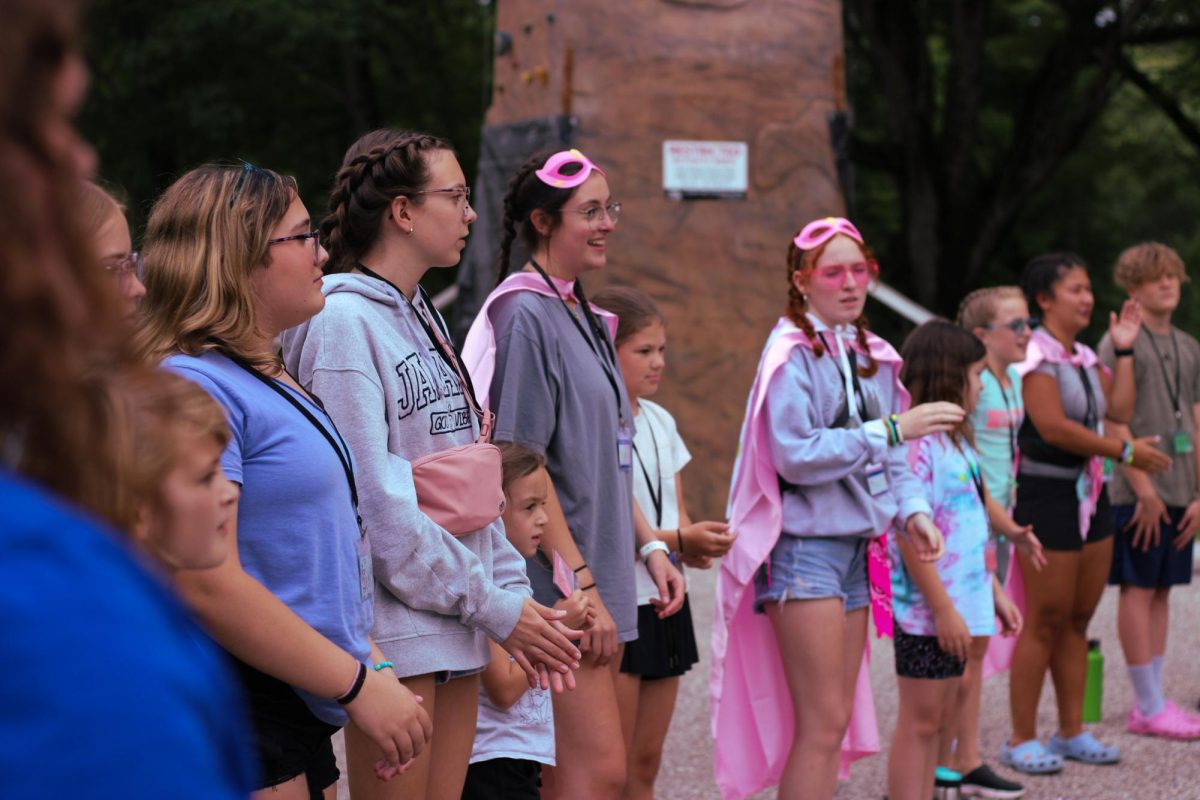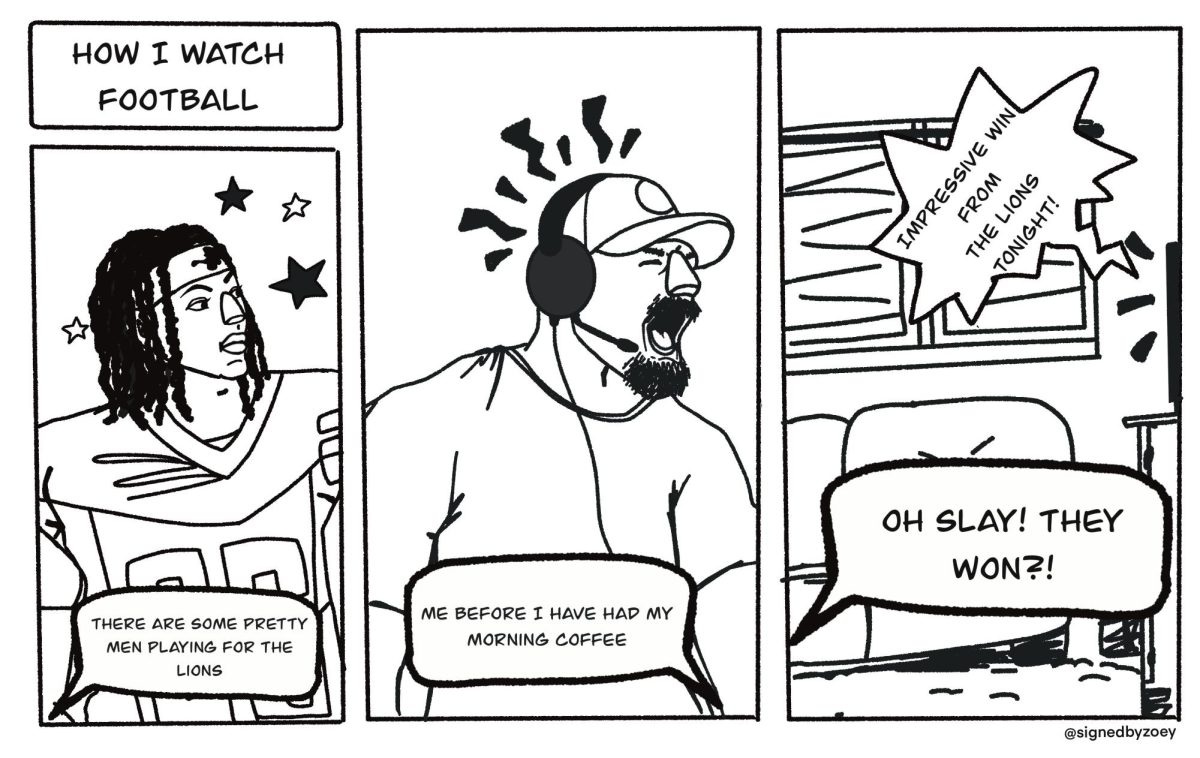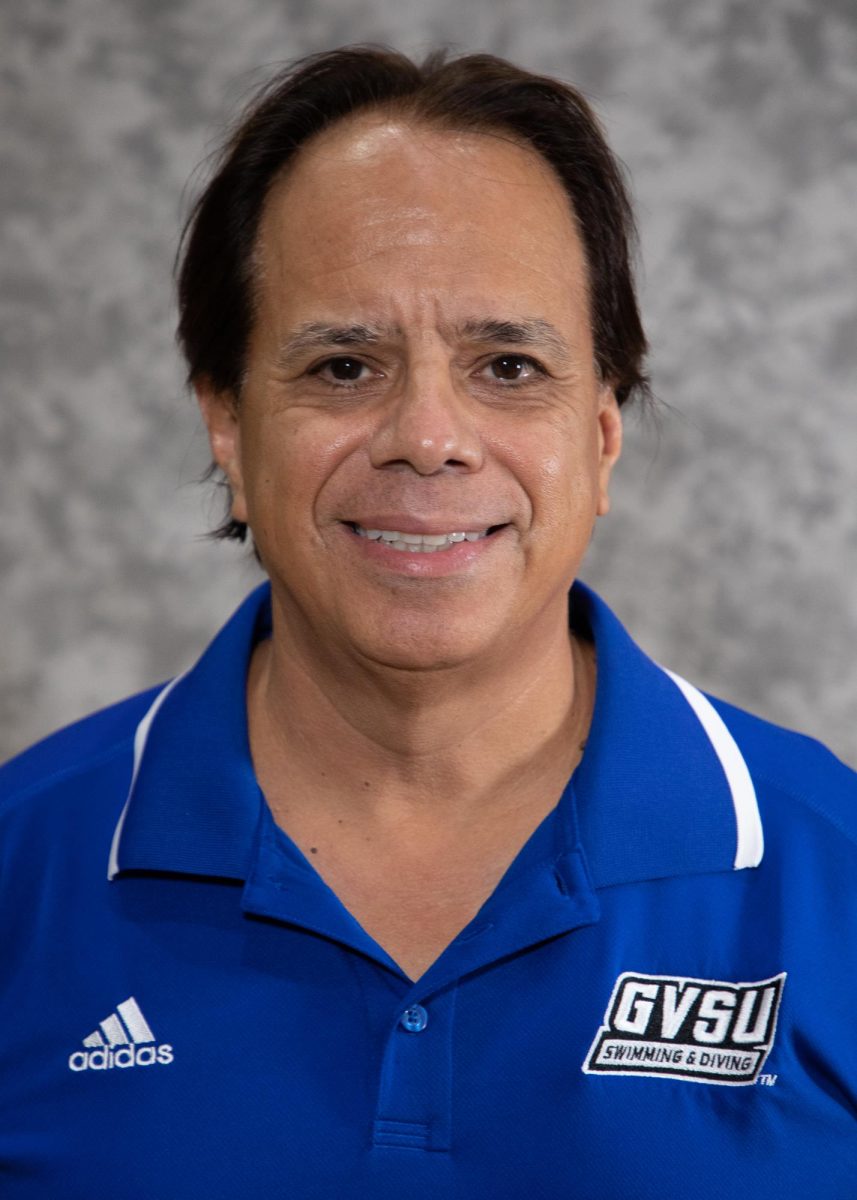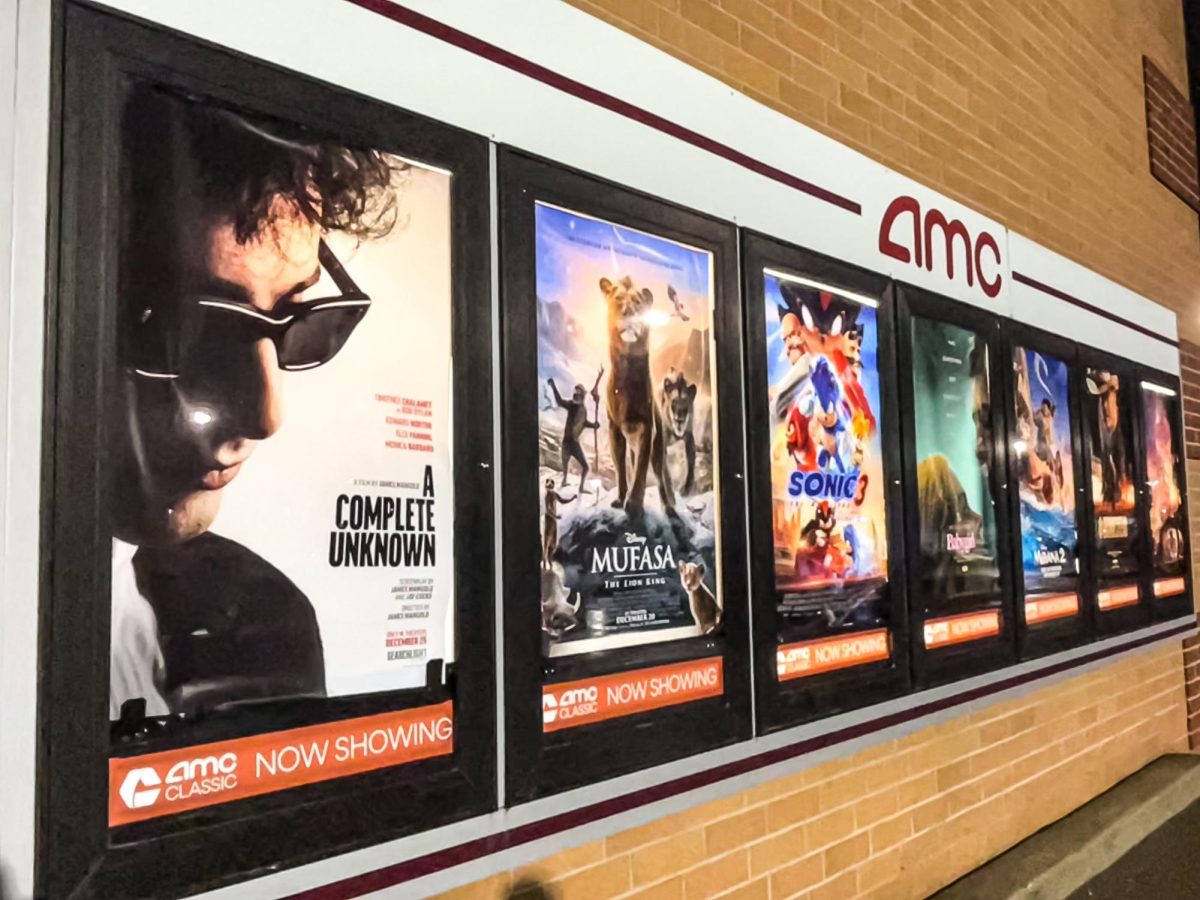Office of Multicultural Affairs hosts discussion on disparities in missing Black women
Feb 14, 2022
On Feb. 8, the Black History Month series of events hosted by the Office of Multicultural Affairs (OMA) and the Center for Women and Gender Equity (CWGE) held a virtual event titled “Who is Worthy?: The Invisibility of Black Women.” This presentation discussed the disparities in the number of missing Black women and potential solutions for a nationwide problem.
OMA Assistant Director Juanita Davis began the event by introducing the panelists. First introduced were the CWGE’s Violence Prevention Educator Tiarrah Judkins and Violence Prevention and Education Coordinator Leah Short. Other panelists included students Laresha Lee, Selena Cade and Nieya Thompson, who’re all interns in various roles at the center.
The first facts shared as part of the presentation were various alarming statistics about missing Black women from recent years. In 2020, nearly 100,000 Black women went missing.
“We are looking at how the Black women are missing in real life, in the media and how the law enforcement responds to missing cases of Black women,” Short said. “Nearly 40% of missing persons are persons of color, yet African Americans only make up 13% of the population. This should be eye-opening for many individuals.”
The presentation also covered Missing White Woman Syndrome (MWWS), which is the media’s extensive and obsessive coverage of white, upper-middle-class women and girls who have gone missing.
“White women’s disappearances have had disproportionate coverage,” Short said. “The Gabby Petito case is very sad, but it is a perfect example of it.”
Panelists discussed disparities in coverage between white women and women of other races. As an example, they shared that the press is four times more likely to report when a white woman goes missing compared to someone who is Black.
“The Gabby Petito story went viral, but we find out about a lot of missing Black women through social media like The Shade Room or Instagram,” Judkins said. “We never see that many missing Black women in the news.”
The discussion moved to past examples of how white women have been valued more than Black women by the rest of society. Judkins said that the most common reason for public lynchings used to be the perception that white women needed to be protected from Black men.
“Black men were lynched and punished even if they didn’t rape the white woman,” Judkins said. “When it comes to slave owners, on the other hand, they could rape the Black women without any issue because they were just seen as property.”
The idea of white women weaponizing their white femininity is also part of the issue, Short said.
“Think of Emmett Till, he was accused of whistling at a white woman and he was murdered for it,” Short said. “The woman admitted years later that she made it up.”
The presentation concluded with a quote by journalist and activist Erika Marie Rivers.
“It’s not to say stop searching for that white woman,” Rivers said. “It’s just a fight for equality. Search for our women as much as you do anybody else. Make sure that you place all the energy you put in their cases into ours as well.”
Following the presentation, the panelists read questions from the chat. Questions were centered on their experiences of feeling invisible as Black women and how that feeling affected them.
“Black people aren’t just invisible because Black women are missing, we are invisible in everyday spaces where we are present,” Davis said. “We deserve to be seen. It does not speak to our abilities or capabilities if they refuse to see us.”
For more information on how to support minorities in the GVSU community, visit the OMA website at www.gvsu.edu/oma/.




